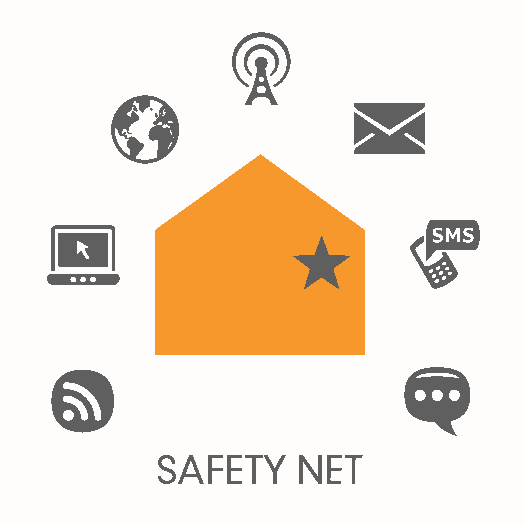Domestic violence and sexual violence service providers face several challenges and obstacles when providing services for teen victims of dating violence. Limited experience in dating may make it harder for young people to recognize abusive behaviors when they occur. Even when they are aware of abuse, young people may not trust adults to disclose abuse or adults may minimize abuse in teen relationships. Lesbian, gay, bisexual, transgender and queer youth may experience additional barriers when seeking help for dating violence, particularly if it requires revealing their sexual or gender identity. Furthermore, services, policies, and laws that protect domestic violence survivors may not protect TDV survivors. This section includes documents that provide information and guidance for working with young people from diverse groups, implementing a coordinated community-based approach to TDV prevention and intervention, and overcoming policy barriers.
Everyone deserves safe, healthy relationships. Check out LoveIsRespect's Personal Safety page for an interactive safety plan and guidance on safety at home, online and at school.

 Technology has a major impact on survivors of abuse. It can be used by a victim to access help, to strategically maintain safety and privacy, and to remain connected to family and friends. It is often used to prove guilt and hold offenders accountable. Yet, technology, in its various forms, is also misused by abusers and perpetrators in crimes of domestic violence, sexual assault, stalking, and trafficking.
Technology has a major impact on survivors of abuse. It can be used by a victim to access help, to strategically maintain safety and privacy, and to remain connected to family and friends. It is often used to prove guilt and hold offenders accountable. Yet, technology, in its various forms, is also misused by abusers and perpetrators in crimes of domestic violence, sexual assault, stalking, and trafficking.
NNEDV's Safety Net: Safe & Strategic Technology Project focuses on the intersection of technology and intimate partner abuse and works to address how it impacts the safety, privacy, accessibility, and civil rights of victims.
The recently updated Runaway and Homeless Youth and Relationship Violence Toolkit was developed by and for advocates in the runaway and homeless youth and domestic violence and sexual assault fields to help programs create partnerships, meaningful services, and effective intervention and prevention strategies for working with youth at risk.










